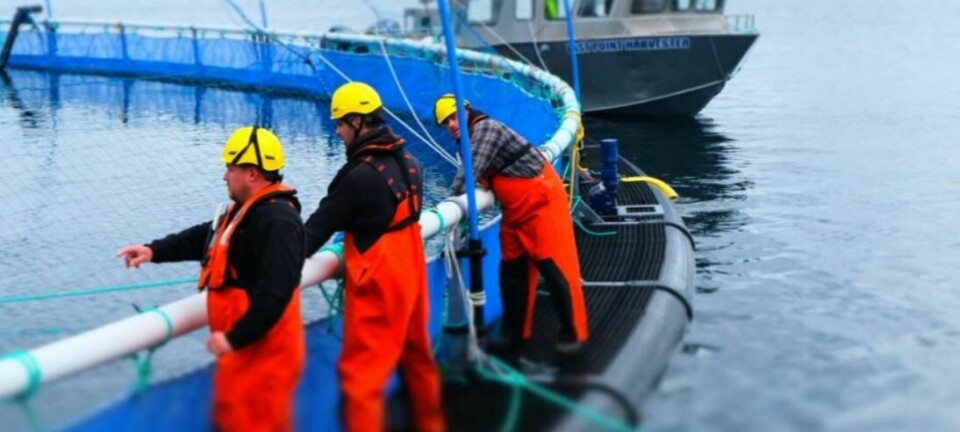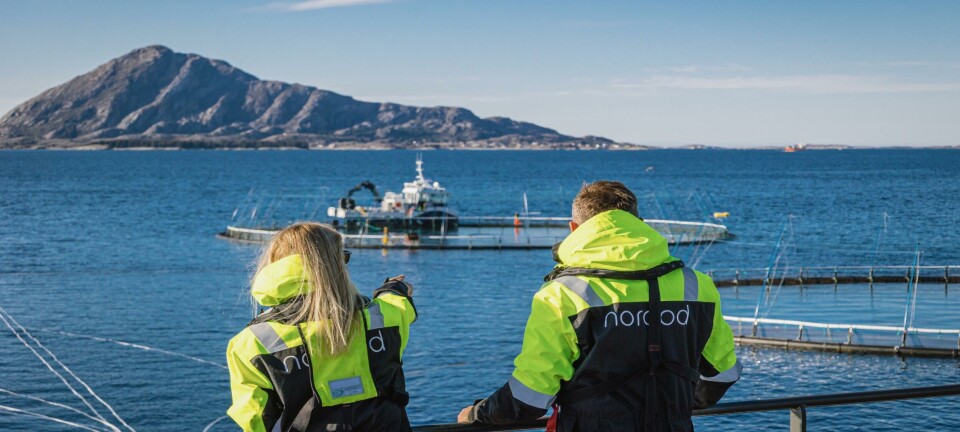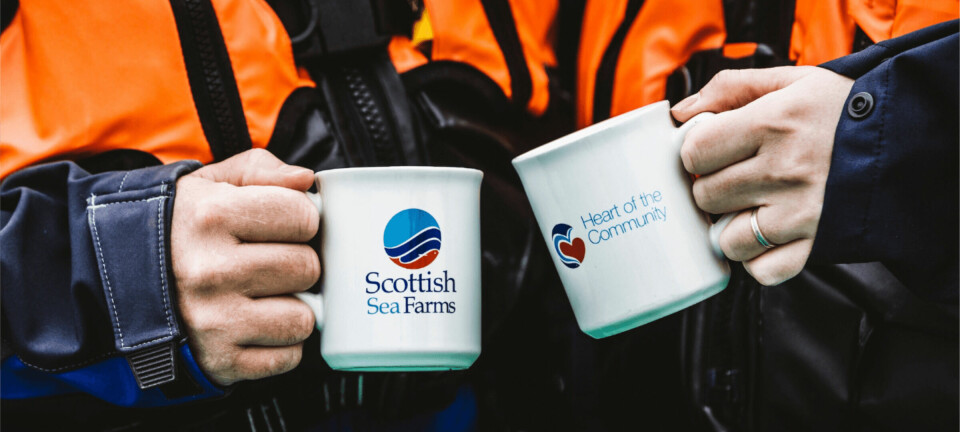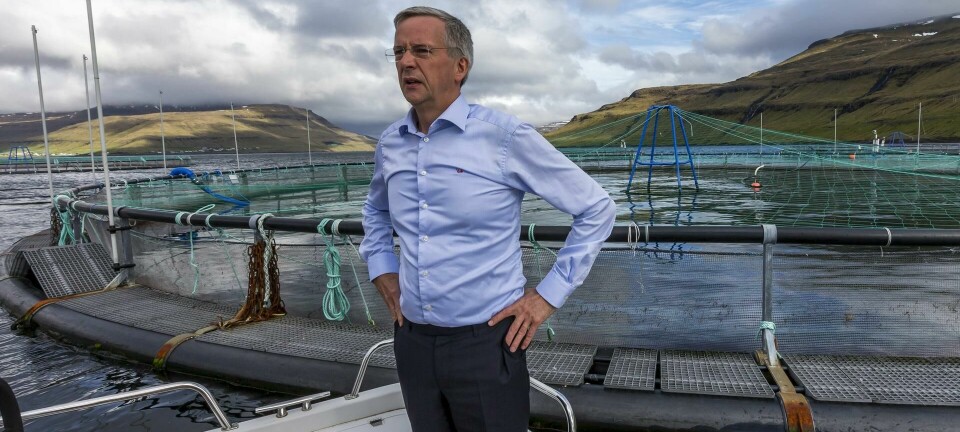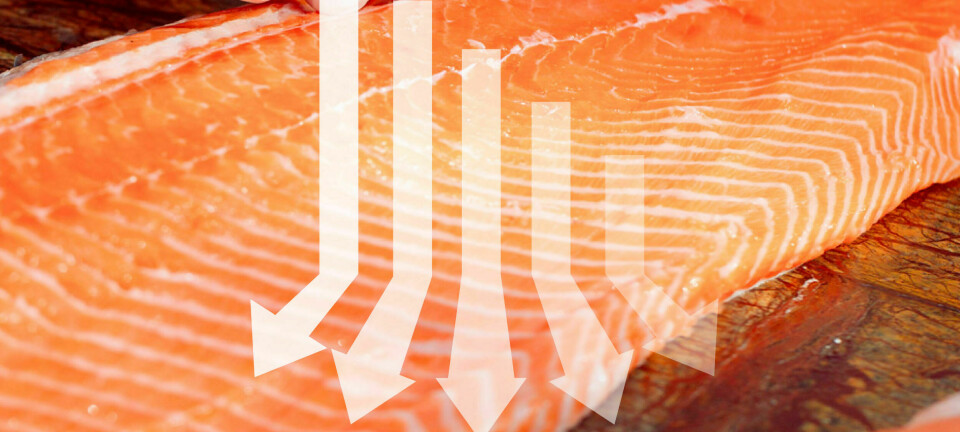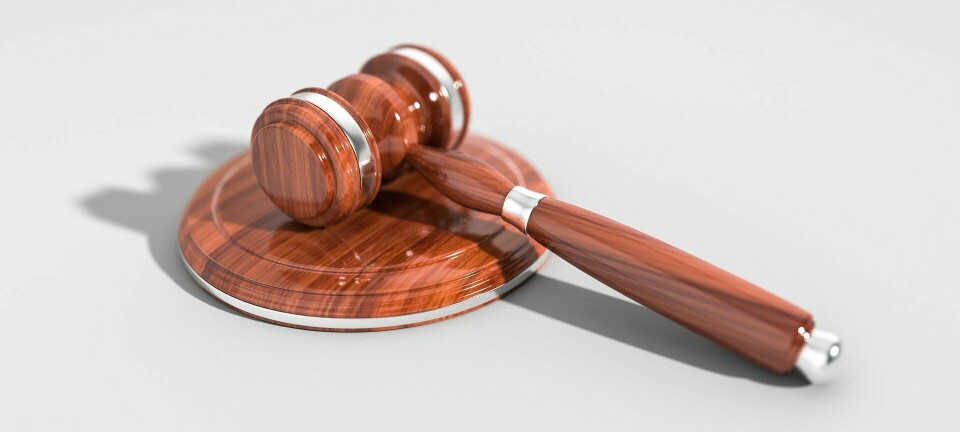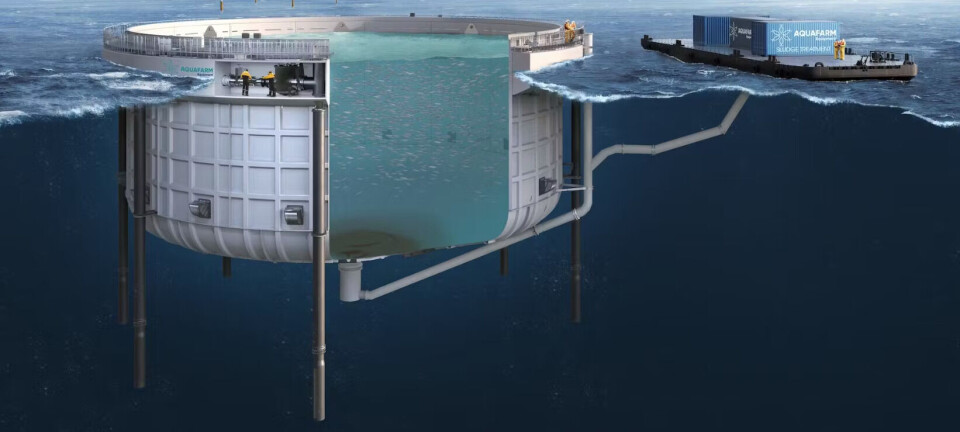
How long must salmon farmers wait for price recovery?
Salmon prices will remain low for the time being but will eventually recover, according to analysts in the world’s biggest salmon producing country, Norway. However, they differ over how long producers must wait for a price increase.
Carl-Emil Kjølås Johannessen, seafood analyst at Pareto Securities, is the most optimistic. He told Fish Farming Expert’s Norwegian sister site Kyst.no that although prices are starting the year low, “we believe in a strengthening throughout the quarter, and expect average prices of more than NOK 50 (£4.29) for the first quarter”.
High standing biomass will lead to good growth in volume from Norway, which in turn will put some pressure on prices.

Fewer fish from Chile
“In Chile, on the other hand, it is the other way around, and biomass is at a significantly lower level than at the same time last year. Overall, we therefore expect quite limited supply growth in 2021,” said Johannessen, who thinks the average spot price will be higher this year than in 2020.
“It will probably be at a significantly lower level in Q1 (than in Q1 2020), but from Q2 we believe in higher prices in 2021 vs 2020. Especially in H2 2021, we expect significantly higher prices than we have seen in 2020 driven by reduced supply from Chile and an expectation of normalised demand.”
Johannessen said that a resurgence in demand from the food service sector would be crucial.
“Without this demand, it is difficult to see a significant increase in salmon prices,” he added.

NOK 56 per kilo
Finn-Arne Egeness, seafood analyst for Nordea Markets, expects prices to pick up later than Johannessen does. He predicts an average salmon price of NOK 56 per kilo in 2021, with significantly stronger prices in the second half of the year than in the first half.
In comparison, the price of salmon ended at an average of NOK 54 per kilo in 2020, 6% weaker than in 2019 and 13% below the peak in 2016, he said.
“There is a somewhat lower volume per week that will go on the market after the New Year than we had before Christmas,” said Egeness. “The price decline compared with the same period last year will be dramatic, as Nordea pointed out in the autumn, but there is reason to believe that prices will be on a par with what we saw before Christmas or somewhat higher.”
‘Cautiously optimistic’
Nordea expects 2021 to be demanding, but Egeness said there is light at the end of the tunnel.
“There are promising prospects for large-scale vaccine programmes being rolled out from the first half of 2021, which means that we believe in a gradual opening of restaurants and hotels worldwide through 2021,” said the analyst. “We thus believe demand will pick up from the summer of 2021 and we are cautiously optimistic with a view to the development of demand next year.
“However, there are factors on the supply side that mean that we do not yet dare to be completely jubilant that the challenging times are over. In Chile, we estimate that there are a record 65,000 tonnes of salmon in cold storage and the volumes of fish in Norwegian fjords are higher than ever.”
Competition from cod
Like Johannessen, Egeness pointed to increased biomass in Norway as one factor that would limit an immediate price increase but added that that could be offset by a reduction in the volume of salmon coming from Chile.
Another influence on prices could be this year’s high cod quotas, he said.
“After the strong growth in the supply of salmon in 2012, board-packed fillet products in a modified atmosphere (MAP) were developed in the European grocery trade, and cod entered the same product category in 2013, when more than one million tonnes of cod were fished in the Barents Sea. Because a lot of salmon and cod will enter the market in 2021, there may be greater competition than ever between cod and salmon in this product category,” concluded Egeness.

Lower than 2020
Paul Aandahl, seafood analyst at the Norwegian Seafood Council, also believes weakened demand due to the combination of Covid-19 pandemic and volume growth will keep the price lower than 2020 for the first six months of the year.
“Even though we will see a gradual growth in demand beyond 2021 and volume growth will slow down, I think the price will on average be a bit lower than in 2020. The potential for a strengthening of the krone is a factor that strengthens this hypothesis,” he said.
“Volume growth, especially in the first half of the year, is expected to do its part to ensure that supply is more similar between the first and second half of the year than we have seen in several years. This, in combination with expected demand development, means that the price level between the first and second half of the year will be more stable than what we have seen in the last four years.”
Despite his caution, Aandahl believes that the demand for salmon will increase and in 2022 it will be higher than before the Covid pandemic.
“When the price will reach a higher level than before the pandemic will depend on the supply,” he concluded.

